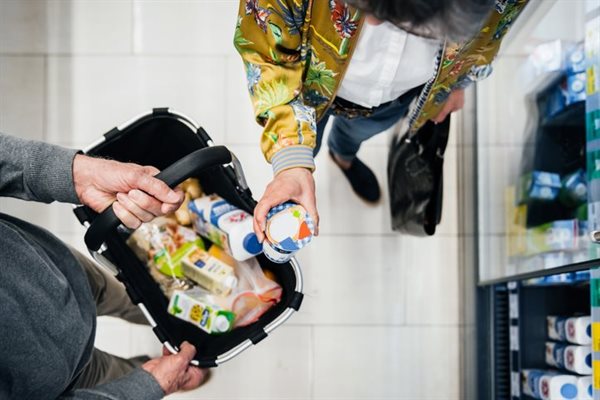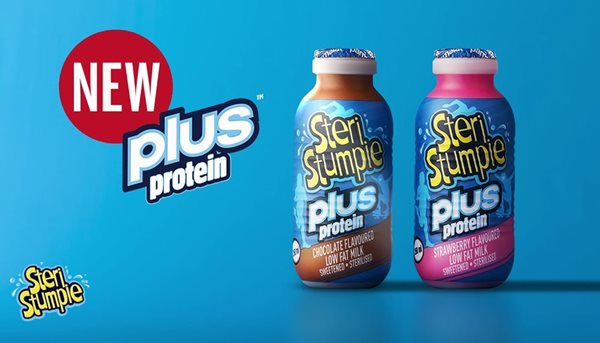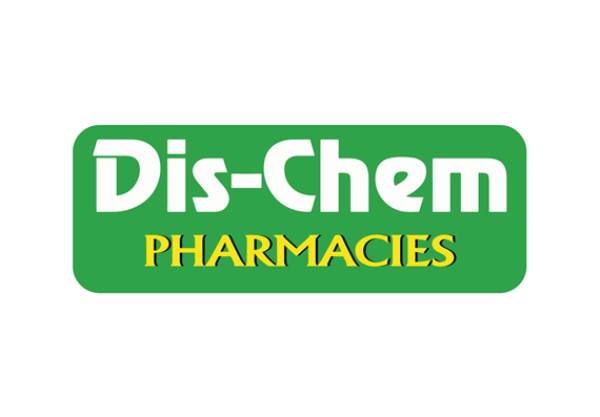Busisiwe Nkabinde, national key accounts specialist at Campari, in attendance at the IRI Mini Conference.
Like many business sectors in the country, the South African retail industry is battling the effects of stagnant GDP growth and constrained consumer spending.
Despite these economic challenges, retailers and consumer packaged goods (CPG) manufacturers are finding pockets of growth, in part driven by innovative product development and initiatives that promote customer loyalty.
Speaking at the third annual IRI Mini Conference in Cape Town late last year, Liezel Matthee, head of analytics and consulting at IRI, noted that growth across CPG in South Africa has slowed over the last 4 years with only inflationary growth being maintained over the last 2 years.
Growth trends
Reviewing data across 90 categories in the formal retail trade, IRI found that South African consumers are buying less or the same amount of groceries and personal care, but they’re drinking more alcohol.
A closer look at liquor revealed that gin continues to be the fastest-growing alcoholic beverage, accounting for nearly 50% of total spirits growth. Matthee explained that the dynamic gin segment continues to gain popularity as it appeals to consumers’ attraction to new flavours and craft culture.
Low inflation and strong marketing campaigns are driving mainstream beer sales, as well as attracting a wider consumer base due to new developments in craft and flavoured beer, and the rapidly expanding non-alcoholic beer range.
Like beer, low inflation is driving volume in flavoured alcoholic beverages (FABs), with IRI pointing to an increase in cider consumption. Contributing to FABs growth is increased innovation in spirit coolers and flavoured wine, both in terms of new product development and convenient packaging formats.

Credit: Getty
Moving on to groceries, Matthee pointed out that despite inflation, South Africans are buying more dairy and snacks, followed by personal care. But they’re stocking up on less protein (this excludes fresh meat), sugar-loaded beverages and certain shelf-stable food categories.
“Major changes in behaviour have led to continued growth for certain categories,” Matthee said.
It’s expected that the Western Cape water crisis, which was at its peak from the end of 2017 to mid-2018, boosted categories such as hand sanitiser, wet wipes, bottled water and dry shampoo. But it’s interesting to note that these categories have maintained higher sales even after the Day Zero campaign concluded in May 2018.
Turning to cosmetics, the category saw growth across face and lips products. Notably, IRI data reveals that ethnic cosmetics are driving the growth in the category as the product mix expands to meet SA’s diverse needs. Ethnic face cosmetics now account for almost a third of ‘face’ sales.
Innovation, indulgence and convenience
Numerous categories would be declining without new product development (NPD), said Matthee, who added that NPD accounted for more than half of the growth of all categories that IRI analysed where NPD was a growth driver.
According to the company’s research, over 90% of dairy growth over the last year is the result of product innovation. The yoghurt aisle now boasts more variety to cater to various consumer needs. From double-cream indulgence to Parmalat’s lactose-free, easy-to-digest yoghurt, and the introduction of new, interesting flavours like lime fusions or fruity guava from NutriDay.
Looking at ice-cream, Matthee said the majority of take-home ice cream growth was derived from NPD. Playful new flavours, like Ola’s Magical Unicorn ice-cream, and more grown-up foodie-focused variants, like Gino Ginelli Hazelnut Praline, contributed to this boost.
Interestingly, more than half of flavoured milk’s growth came from new Steri Stumpie sku’s, which include the Plus Protein, indulgent Plus Thick, and sugar-free Lite variants. The addition of a protein product also helps the beverage make the crossover from a treat to a snack, said Matthee.

Product innovation also accounted for half of category growth in chocolate, with dark chocolate growing strongly in both value and units. New products that saw good growth were seasonal chocolate launches, which double up as gifts for others, and bags of mini chocolates which provide the ideal lunchbox or portion-control treat solutions.
Health and wellness
Matthee went on to illustrate how increased awareness around health and wellness is affecting purchasing decisions. IRI shopper data reveals a decrease in carbonated soft drink sales over the last year, with consumers switching to more perceived ‘healthier’ options – namely sports drinks, fruit juice and bottled water.
However, while sugar tax led to price inflation in carbonated soft drinks, low- and no-sugar variants are growing strongly.
Despite the higher price tag, Matthee said double cream yoghurt sales are showing no signs of slowing. Double cream yoghurt’s share of the yoghurt category has more than doubled in the last 3 years as consumers are drawn to the increased satiation it offers and the more interesting range of flavours available to consumers.
Consumers have also become increasingly aware of their meat intake, with the result that although off a small base, frozen protein substitutes like Fry’s, Quorn and private label vegan protein brands have seen the highest value growth among the protein categories that IRI analysed. Marketing initiatives like Veganuary and Meat-free Mondays are playing a role in this increase, Matthee said.
Customer loyalty
SA retailers are working hard to draw customers into stores, and are constantly introducing new initiatives to drive loyalty. Fresh fruit and veg promotions and reward programme partnerships, for example between Pick n Pay and BP, are appealing to value-driven shoppers.
Retailer meal kit solutions attract those looking for convenience and plastic free-initiatives, like nude produce walls and the introduction of plastic bag-free stores, are helping to appease shoppers with environmental concerns.
Despite the above, price continues to be a key driver of purchase behaviour as shoppers increasingly purchase from broadsheets. Using price and promotions to attract shoppers requires a fine balance where accurately understanding shopper’s promotional responses to off-promotion pricing is crucial to business success.
With shoppers being accustomed to everyday pricing strategies, they have become increasingly price sensitive. Leveraging automated insights and augmented decision making solutions powered by artificial intelligence and machine learning to plan, execute and measure these strategies, is powering business to navigate this fine line.





